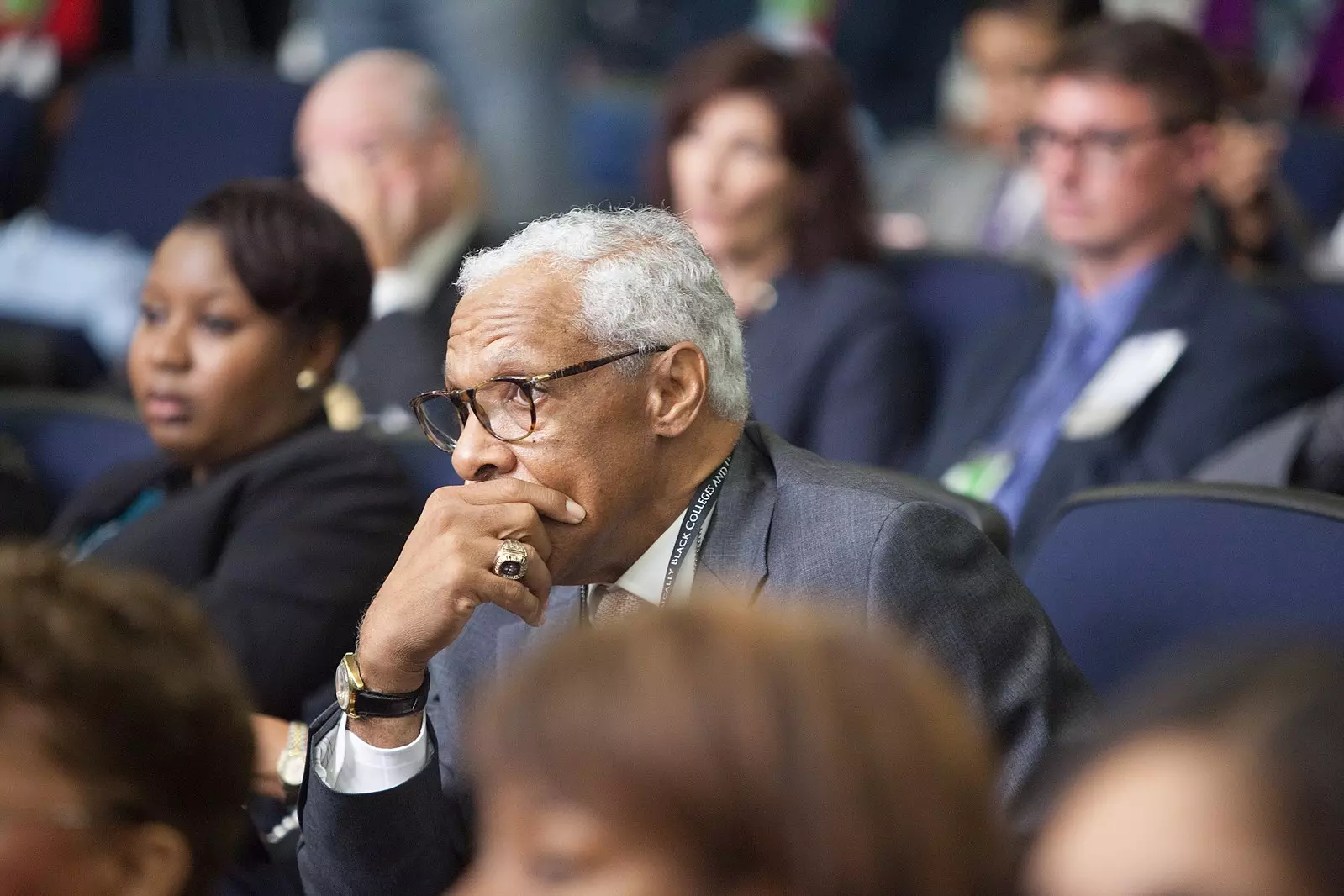Comments
- No comments found

What exactly is health, mentally for a BIPOC [Black, Indigenous, and people of color] individual?
What does black mental health mean for HBCUs [Historically Black Colleges and Universities]?
What is the understanding of how trauma works in the brain for an average individual — in some inner city — that can improve how to cope with it?
If mental health is also a factor that keeps people down, how can people win against it cleanly?
First, mental is mostly thought then memory. It is how thought transports across memory locations that determines mental health. Though destinations for feelings in the brain are also important, the memory is HQ.
So while it is possible not to be able to sometimes describe how it really feels within, two things are constant, thoughts across the memory. How can it be possible to see this — as a display project for minority mental health with racial trauma, depression, anxiety, mood disorders, substance abuse and so on?
HBCUs have an important neuroscience objective towards exploring how thoughts transport in the brain, starting with an available option, with the sensory-thought integration model of the brain.
Sensory inputs are collected at two relay centers in the brain, the thalamus, for all senses except smell, which is collected at the olfactory bulb. It is from these locations they are relayed to different parts of the cortex for interpretation. Interpretation includes to know, to feel and to react.
To know is principally the memory. The memory has stores, grouped by similarities. Groups are everything from courage, to trauma, to fear, to delight, to weakness, to energy and anything that is recognizable. Stores transport from group to group during interactions. It is after the content of stores leave the memory that they proceed to where feelings are, for feelings corresponding to the group.
Developing this, as a display for mental health, for BIPOC could be an important whole-brain basis to explain what goes on within individuals.
Neuroimaging does not see thoughts. High resolution microscopy does not. Neurotechnology tracks some forms of thought in the cortical areas, but is limited to the expanse of what thoughts do.
Thoughts are the constructs of neurons and the basis of all experiential interactions. How can the relays of thoughts in the brain become an empowering knowledge to know where it goes or should not go to cause the feeling of being down?
The difficulty in understanding the brain has led many to seek out substances or explore harmful behaviors, affecting them and others. To know where thoughts are in the brain is not the cure, but is an architecture that inputs decisive transparency.
Leave your comments
Post comment as a guest